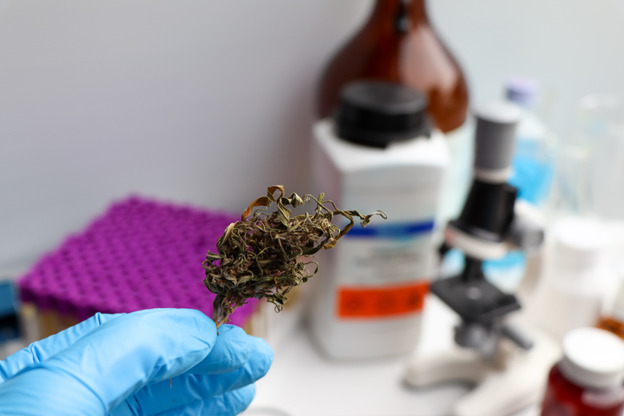CU Researchers Gain Insight on Marijuana’s Impact on Driving
In a recent update on cannabis and driving research, a significant study conducted by the School of Public Health at University of Colorado Boulder Anschutz sheds new light on the effects of cannabis impairment on driving.
This study builds upon the growing body of research we’ve highlighted in the past, such as the interview with Dr. Hollis Karoly, assistant professor at Colorado State University, on the importance of marijuana research.
The new CU study focuses on understanding how cannabis use—especially among regular and occasional users—affects driving performance, utilizing a driving simulator to track changes in behavior after consumption.

Dr. Ashley Brooks-Russell with the School of Public Health explains that one of the key challenges is differentiating impairment levels between daily and occasional cannabis users. Daily users, despite having high levels of THC in their blood due to cannabis’s fat-soluble nature, often exhibit fewer signs of impairment compared to occasional users, who show more marked declines in driving ability after consumption.
The study observed differences in reaction times, memory, and lane control, particularly in occasional users who tend to be more affected. (CU Anschutz, Colorado Department of Transportation).

Screenshot from a driving simulator used to test study participants’ changes in driving behavior before and after consuming cannabis at CU Anschutz Medical Campus.
The team also explored new testing methods to more accurately detect recent cannabis use, moving beyond traditional blood THC tests, which can be unreliable, especially for daily users. The goal is to develop more accurate roadside testing tools for law enforcement (CU Anschutz).
This research is a critical step toward improving public safety and providing better tools for detecting cannabis-related impairment on the road, aligning with ongoing concerns over cannabis-impaired driving crashes that have increased in recent years (Colorado Department of Transportation).
For more details on the study, visit the CU Anschutz Medical Campus research page; read the recent interview with Dr. Ashley Brooks-Russell at 9News.
To learn more about ongoing cannabis research at Colorado State University, read the full interview with Dr. Hollis Karoly with CSU’s Department of Psychology.

![Partners [Logo Reversed]](https://poweredbypartners.org/wp-content/uploads/2020/06/partners-horiz-no-tag-sm-rgb-color-purple.png)